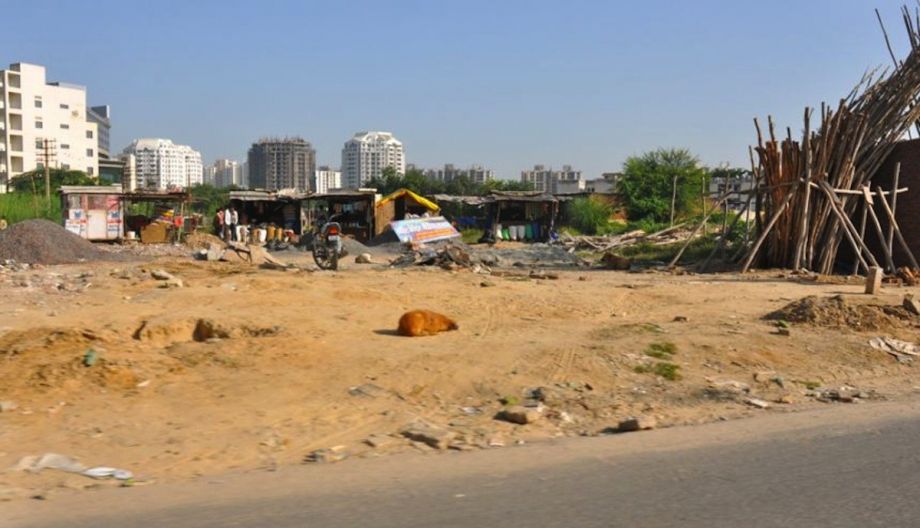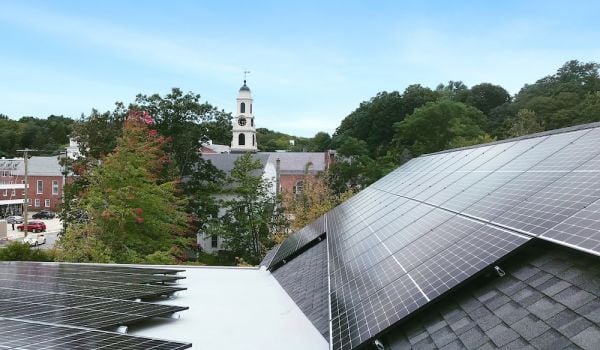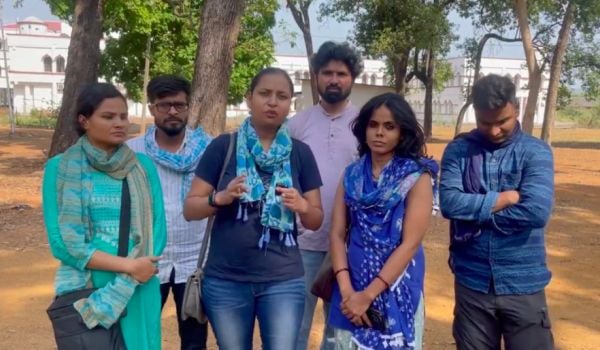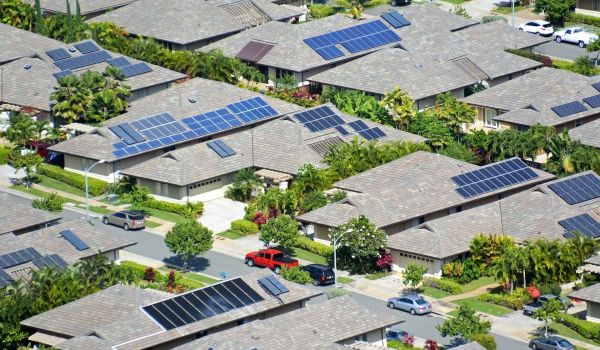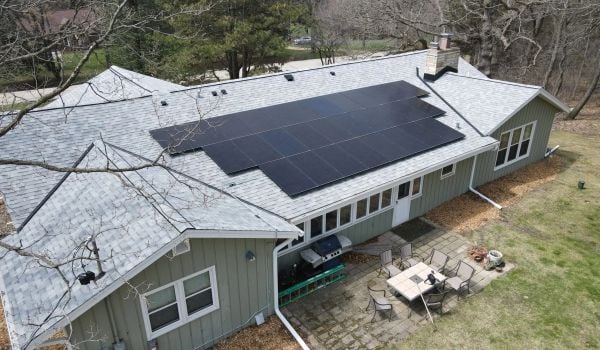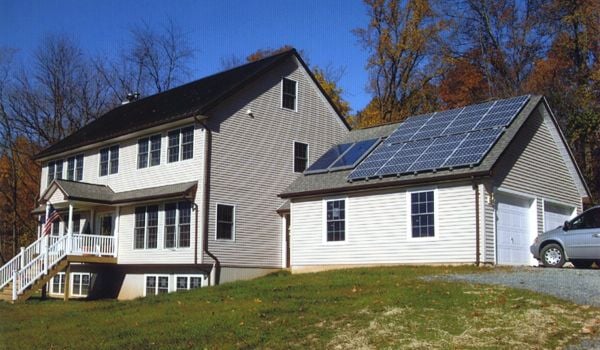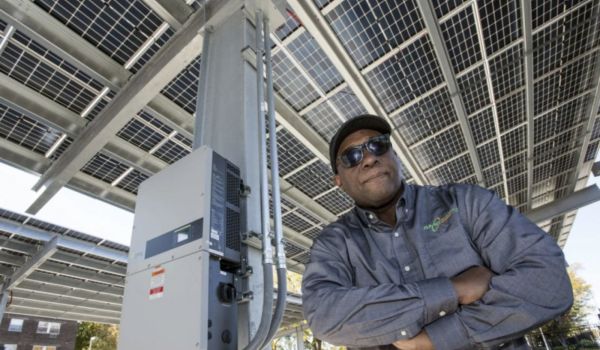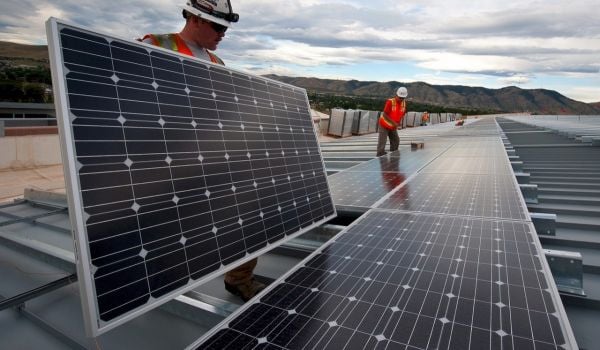In Gurgaon, India, as in many booming cities around the world, access to a reliable supply of electricity is a matter of privilege. As I experienced when I went there to report for Next City two years ago, power in the Delhi suburb frequently cuts out without warning when demand overwhelms inadequate generating, especially in the summer months.
Now city officials are mandating solar panels on all new construction, hoping that can help mitigate the crushing demand for electricity, which already exceeds existing supplies and is growing by as much as 17 percent per year.
“The power crisis is going from bad to worse and there is no relief in sight,” an official in the city’s engineering department told the Times of India. “This is the primary reason why we are planning to make it mandatory for building owners to install these solar panels so that they can use it instead of depending on other non-renewable sources of electricity.”
The solar mandate, voted in this month, would also require panels on any commercial building that operates around the clock, as those are the greatest consumers of power. According to the Indian Express, it could eventually be extended to all buildings in the city.
In the gated residential enclaves and office compounds of this Delhi suburb with full backup generators of their own, power outages usually cause just a brief interruption in a lifestyle that is otherwise very similar to that of any American suburb. Even I got used to the cuts after just a few days staying in one such community, continuing normal dinner conversation with my hosts and fellow guests in the pitch black while we waited for the lights and air conditioning to go back on, which they did without fail after a couple of minutes.
For the many residents of the city of nearly two million without sophisticated backup generators, though, the power cuts can be oppressive and disruptive, highlighting the reality that Gurgaon’s infrastructure woes make it a city of profound and systemic inequity.
It’s not just electricity that’s the problem here. Delivery of clean water, regular garbage disposal, sewage treatment, and transportation infrastructure are all similarly patched together in a wildly uneven public-private mishmash.
This year, despite repeated promises from government officials to speed up construction of new power infrastructure and deal with losses to power thieves by who tap into the system illegally, Gurgaon’s citizens have experienced repeated outages. The resulting discomfort and inconvenience contribute to the sense that despite its much-touted economic success — it’s one of the fastest-growing cities in India and home to regional headquarters for many Fortune 500 companies and their employees — Gurgaon is simply out of control due to poor planning, unable to consistently provide basic services to its people, especially the less affluent.
“[State-owned utility] DHVBN has not been able to improve the power situation in Gurgaon for years now,” one Gurgaon resident told the Times of India. “Of course colonies that use 100 percent power back-up don’t feel the heat.”
The new solar mandate was conceived and approved by the city’s relatively new administrative body, the Municipal Corporation of Gurgaon, which is overseen by 35 elected councilors. In the scant six years since its creation, the MCG has been ramping up to fill the governmental void that has resulted in the city’s famous dysfunction. Gurgaon’s rapid growth has made it an international symbol of the perils of poor planning. If the MCG can make the solar requirements stick, the city instead has a chance of becoming a different type of model.

Sarah Goodyear has written about cities for a variety of publications, including CityLab, Grist and Streetsblog. She lives in Brooklyn.

